夢 (mèng), the Chinese character for “dream,” is made up of four parts and is ideographic. The two upper parts, (艹) and ( 罒 ), together resemble the shape of an eyebrow above the eye of a person. The middle part ( 冖 ) is interpreted as either a bed or the roof of a house; and the lower part 夕is the character xī, which means evening.
As a whole, the character suggests a person going to sleep in the evening, and refers to the dreaming that then occurs.
The character 夢 has two shades of meaning. One is based on its pronunciation that is similar to the character瞢 (méng), which can mean having obscured vision, or being unenlightened.
In ancient writings, there is another meaning that refers to a place where the divine and humans communicate. This particular thought reveals the ancient Chinese people’s understanding of multiple realities and the relationship between man and Gods.
In the modern Chinese language, the character 夢is used as both a noun and a verb. It is combined with other characters to form words that refer to something either fantastic or unreal, and they can have both positive and negative meanings.
One example is mèng huà (夢話), literally dream talk, which can mean a daydream or nonsense. The word mèng xiǎng (夢 想) means to dream of or vainly hope for something. It can also mean a fond dream or an earnest wish. The phrase mèng huàn pào yǐng (夢幻泡影) refers to an illusion, or a pipe dream.
To the Chinese, as with many other cultures around the world, dreams can have significant mystical or existential meanings.
They can be viewed as a communication channel with the supernatural, or they can provide deep insight into events past, or yet to come. However, in the Chinese culture, dreams are seldom disregarded.
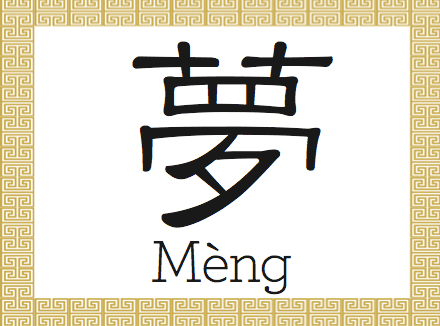
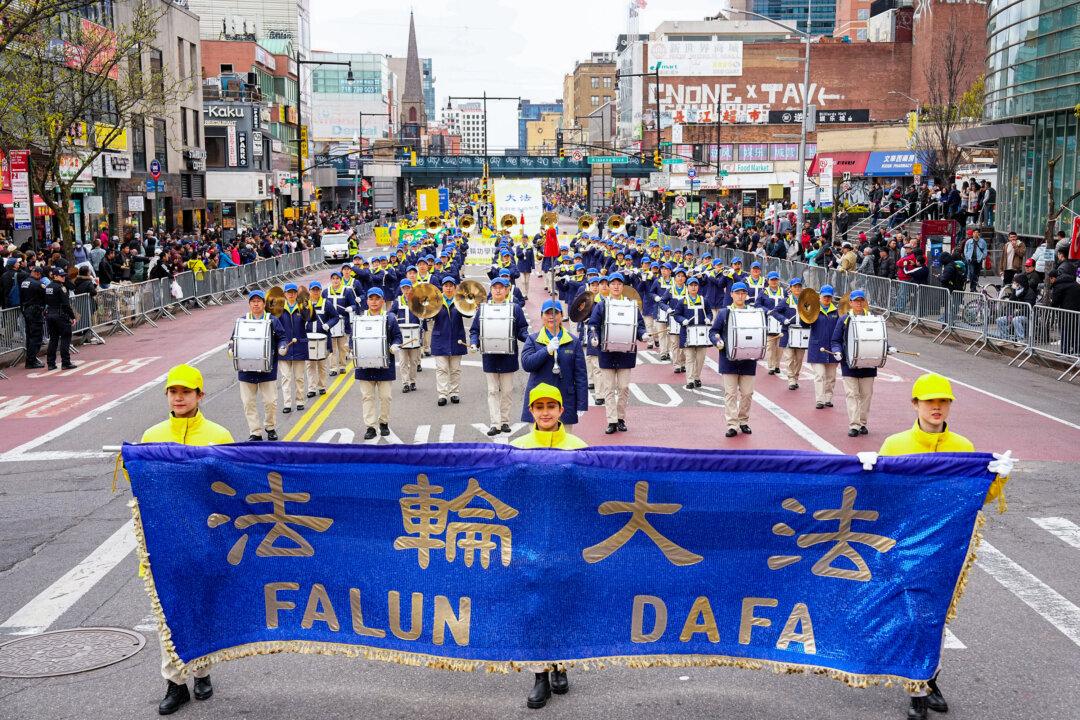
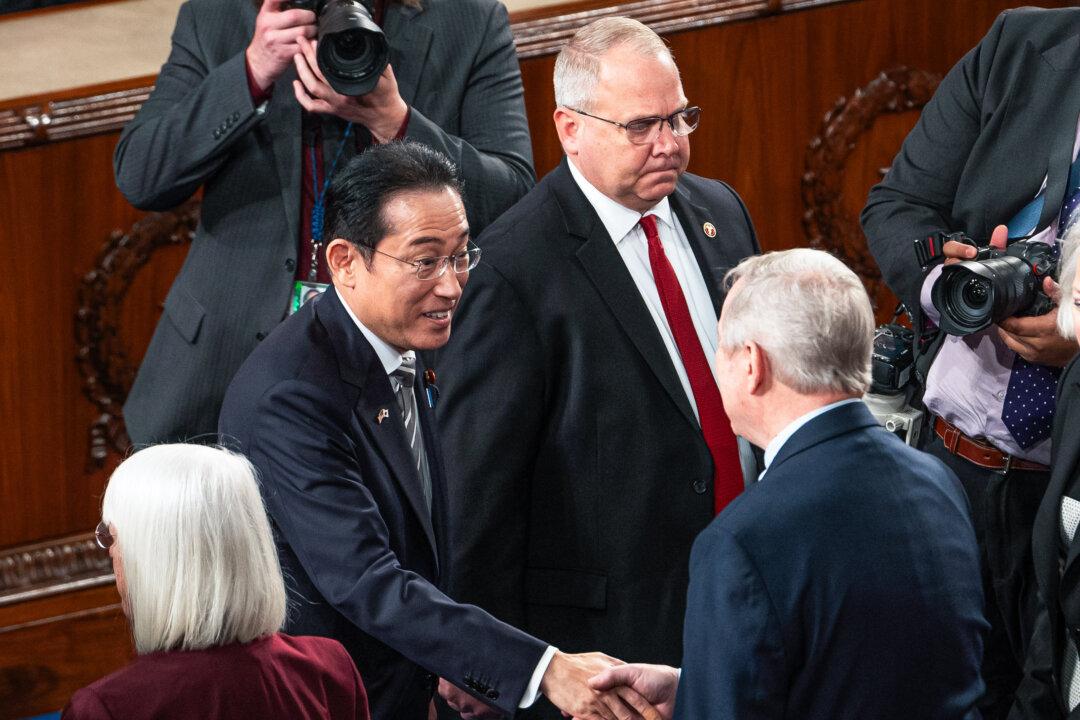
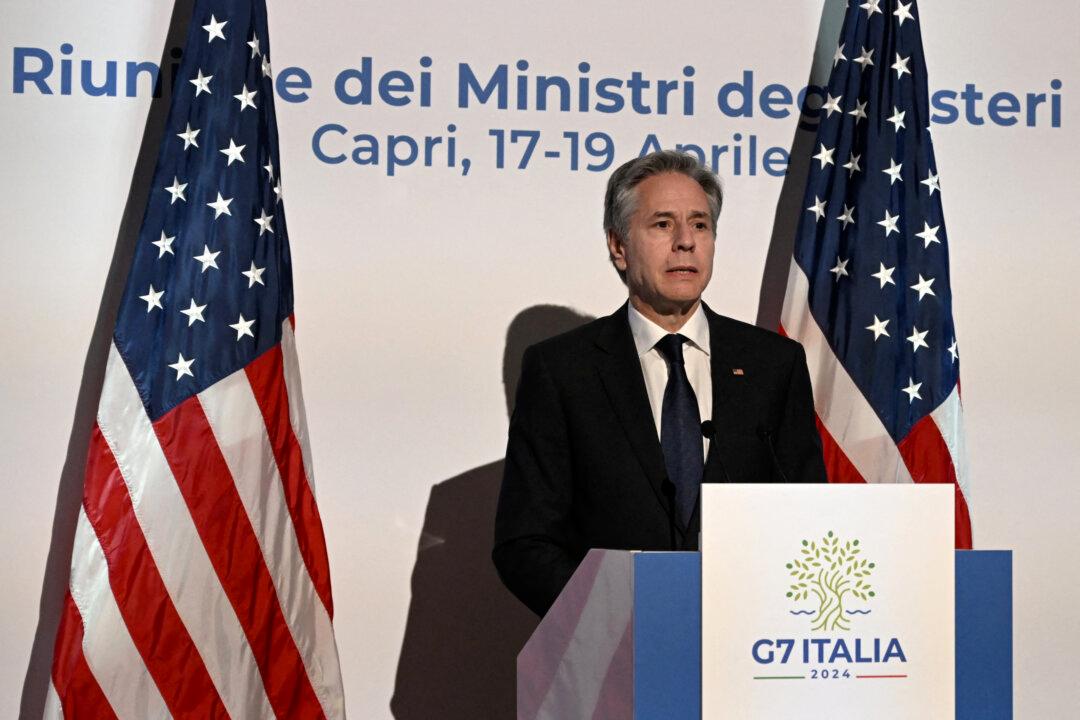
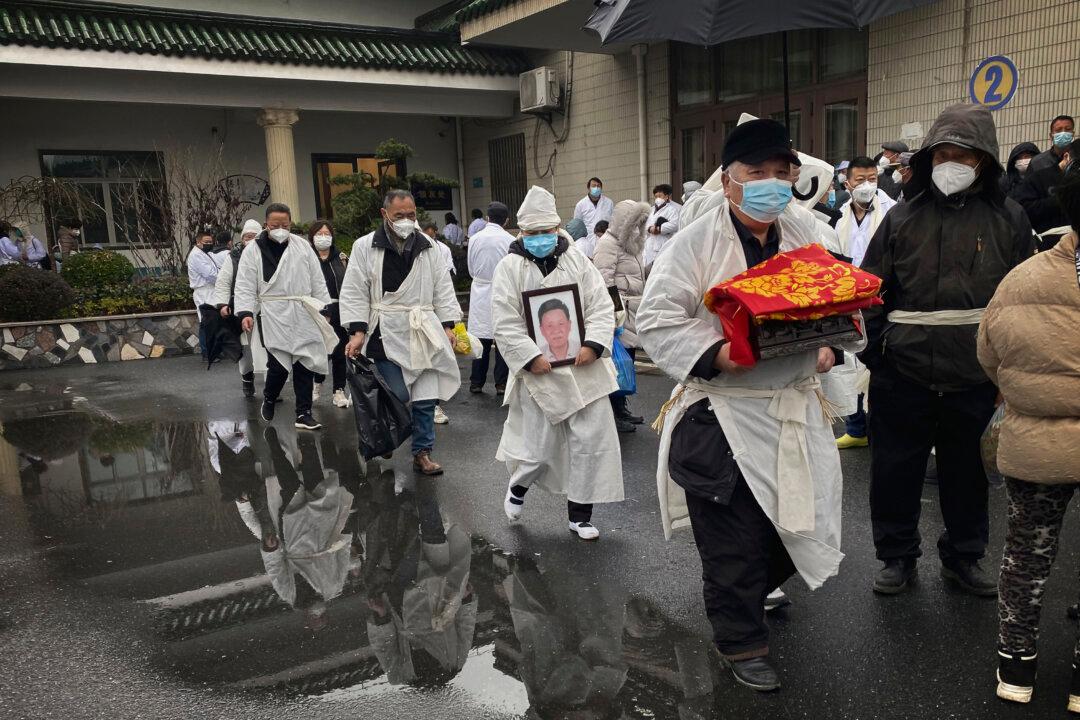
Friends Read Free